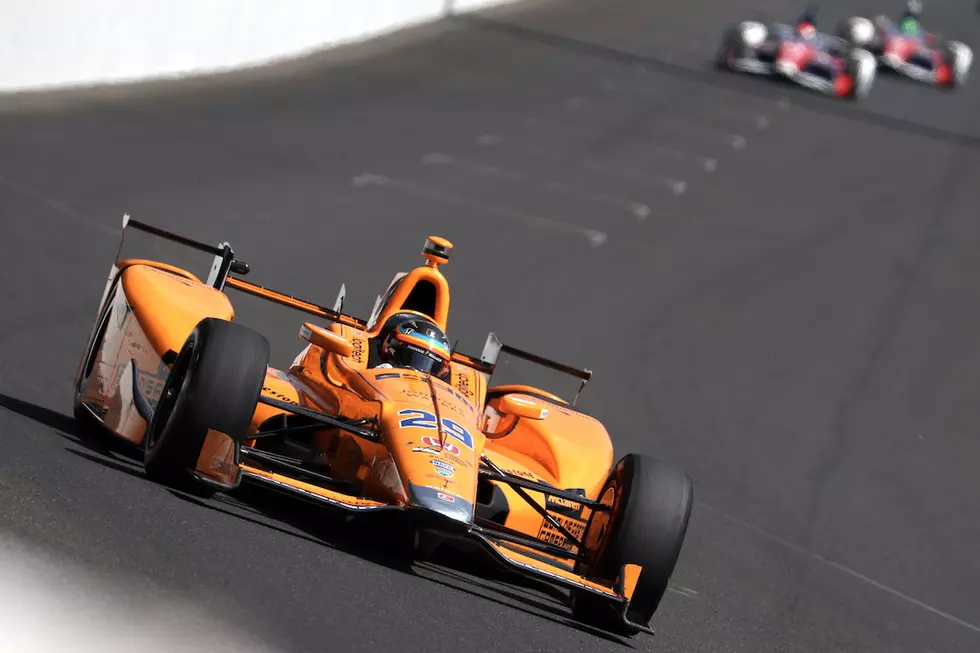
New Format Looks to Bring Excitement to NASCAR, but Will It?
So Brian France has decided to juice up the Chase for the Sprint Cup Series' points championship once again. First, he created the Chase for the Cup to create a playoff sprint of ten races for the top ten drivers in the points standings. Second, he reset the points for the top ten drivers dividing each driver by only five points each to create a more intense Chase for the Cup. Third, just three years ago he decided to add two Wild Card drivers to increase the Chase field to 12 drivers. Now, France has decided he needs to revamp the Chase yet again to create more drama and excitement with the idea of increasing television ratings and fan attendance at these races.
His brilliant idea? Increase the Chase field to 16 drivers and create elimination rounds. After the first three races in the Chase, or Contender Round, will eliminate the bottom four drivers from contention for the Cup. Then comes the Eliminator Round-- the following three races-- that eliminates the next four drivers from the Chase. Races 7-9, the Championship Round, eliminates numbers 5-8 from the points standings from contention. This sets up the Championship race for the four drivers still alive to earn the Sprint Cup Points Championship. After each subsequent round, the points are reset for each respective driver still alive to keep each driver within striking distance of qualifying for the following and the title.
While I am very interested to see how this new Chase format will work out and feel that it will add to the drama and excitement in the Chase for the Sprint Cup, the question remains whether this will increase television ratings and bring more people to the racetrack. Ultimately, I don't think this will really succeed in France's goal of bringing more fans to the races and getting better ratings. NASCAR has had dwindling ratings over the last few years and, other than the Daytona 500, almost every racetrack seems to have about 20-25% of all available seats empty.
When it comes to the Chase itself, it happens during the months of September, October, and November. The majority of the races are on Sunday afternoons-- with a few Saturday night races sprinkled in. That means competing directly with the NFL on Sundays and even college football on the few Saturday races that take place. In October, NASCAR also has to compete against the MLB playoffs and the World Series. That means having to go directly against the top two sports that Americans follow passionately.
The other issue that has hurt NASCAR, was the creation of the Car of Tomorrow. The boxy look of the car limited true competiveness and made races too predictable. Drivers hated the model and that led to the current model being used for a third season this year. The problem with the car model is the regulation of how the car can be made. NASCAR's extreme regulation limits the imagination of the engineers in building the car to fit the driver's strengths-- within the rules, of course.
If NASCAR would allow just a little imagination in building the cars-- as Formula One does-- then that would to more exciting races. With a car built more to the driver's strengths, it would allow for more closely contested races that would heat up the drama both on the racetrack and even in the garage (which would increase interest from casual fans).
I think the new Chase format is a step in the right direction, but I feel that more needs to be done to make NASCAR a truly viable option for sports fans to follow.
More From 600 ESPN El Paso




![NHRA Driver Walks Away from Accident After Car Splits in Half [VIDEO]](http://townsquare.media/site/88/files/2015/03/Larry-Dixon-NHRA-Crash.jpg?w=980&q=75)


![Pastor’s Funny Racetrack Prayer Mixed Into Country Song [VIDEO]](http://townsquare.media/site/88/files/2011/07/hqdefault9.jpg?w=980&q=75)

